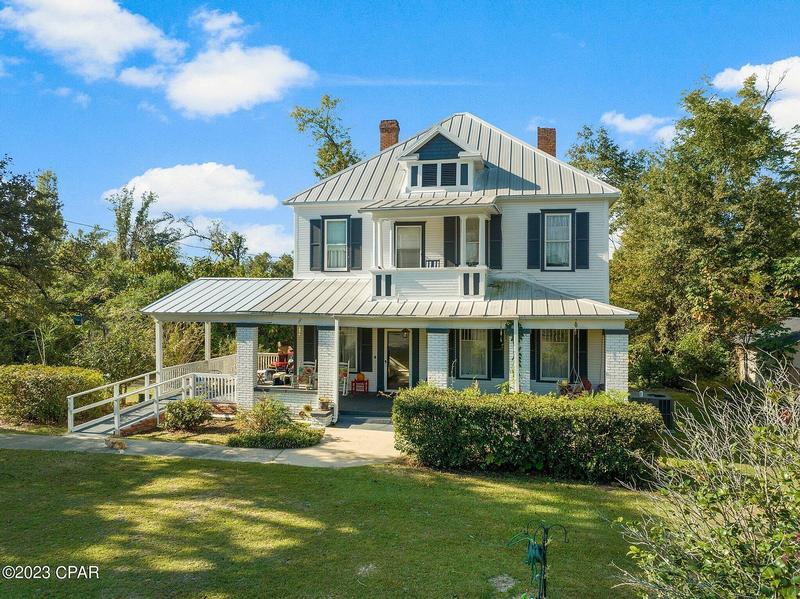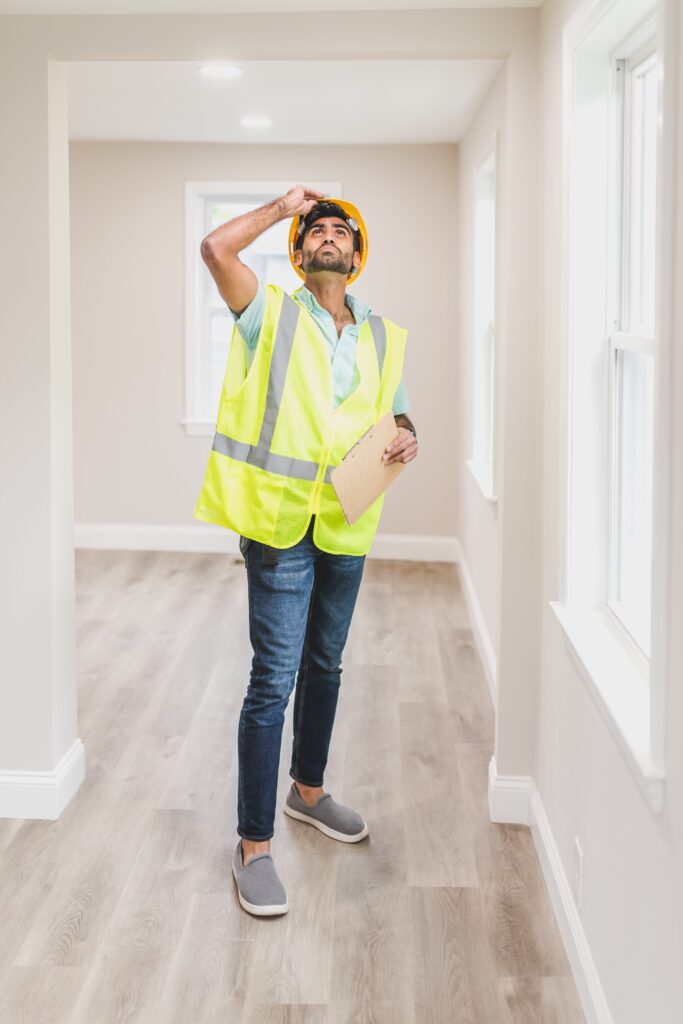7 Quirky Ways to Spot Undervalued Properties

Real estate is a treasure trove waiting to be discovered, and the best treasures aren’t always the ones glaring at you from property listings. Unearth the unconventional methods that seasoned buyers and investors use to uncover hidden property gems beyond the ordinary. Strap on your explorer hat and prepare to embark on an adventure into the lesser-known avenues of property spotting.
1. Café Connoisseur Chronicles: Uncover the Beans of Value

Behind the frothy lattes and aromatic espressos, your friendly neighborhood barista might just hold the key to real estate secrets. Engage in a casual chat about the neighborhood while savoring your favorite brew. Baristas often have a pulse on the local gossip, hinting at upcoming developments or underappreciated areas poised for a value surge. Who knew your morning caffeine fix could also be a window into a potential property goldmine?
2. Sherlock Homely: Decode the Quirks and Crannies

Time to embrace your inner detective and seek out properties that others might overlook. Quirky layouts, unique architectural styles, or homes that seem plucked from a storybook might be the unconventional diamonds in the rough waiting for the right visionary. That peculiar house with the asymmetrical design might just be the canvas for your dream renovation, or a conversation starter that conceals untapped potential.
3. Nostradamus, the Neighborhood Prophet: Peer into the Crystal Ball
Make sure to always move beyond the usual metrics of property evaluation and peek into the future. No harm in exploring local zoning plans, upcoming transportation developments, or the buzz about a new business district in the making. Understanding the trajectory of a neighborhood can be the secret sauce in identifying undervalued properties before the masses catch on. Sometimes, the true value lies in what’s on the horizon.
4. Micro-Market Magic: Unveiling the Pocket Gems
Venture into the micro-markets hidden within larger neighborhoods, the hidden enclaves waiting to be discovered. These smaller pockets often go unnoticed, yet they carry the potential for a surprising value surge. They might be incubators of cultural movements or hubs for a growing community seeking a unique identity. These unassuming areas often hold the key to a real estate treasure trove waiting to be unlocked.
5. Techno-Trickery: Geek Out with Real Estate Tech

Don’t be scared to let technology do the heavy lifting for you in your quest for hidden property gems. Dive into the realm of AI-driven analytics, machine learning algorithms, and predictive platforms designed to forecast property value trends. These futuristic tools eliminate the guesswork from your search, offering a glimpse into the next frontier of real estate scouting. House hunting meets the technological age, turning your search into a thrilling sci-fi adventure.
Here are few tools to help with property forecast;
- Artificial Intelligence platforms like Reonomy and HouseCanary use AI algorithms to forecast property values based on various factors like market trends, neighborhood developments, and historical data.
- Predictive Analytical Software like Propy or Remine utilizes predictive analytics to identify properties likely to increase in value. These tools analyze market indicators, demographic shifts, and economic data to pinpoint potential hotspots for real estate investment.
- Machine Learning Platforms like Redfin and Zillow utilize machine learning algorithms to offer personalized property recommendations based on user preferences and behavior. These algorithms learn from user interactions and data patterns to suggest undervalued properties aligned with specific criteria.
- Big Data Aggregation Tools like ATTOM Data Solutions aggregate diverse datasets, including property data, foreclosure information, zoning records, and more. Access to such comprehensive datasets allows for in-depth analysis and identification of undervalued properties with hidden potential.
6. Time-Traveler’s Chronicles: Historical Insights for Future Gains
Travel back in time through local archives, historical records, or even conversations with longtime residents. Unearth the history behind properties and neighborhoods, as sometimes, hidden potential lies in the past. Discovering the origins, previous uses, or historical significance of a property might provide insights into its future value. That old building with a rich backstory might just be waiting for someone to unlock its hidden value through preservation or adaptive reuse.
7. Serendipity Strolls: Chance Encounters for Hidden Treasures

Embrace serendipity and take leisurely strolls or drives through less-explored neighborhoods. Chance encounters—be it stumbling upon a charming but neglected property or noticing subtle changes in an area—could lead to surprising discoveries. Unplanned encounters often reveal properties that haven’t hit the market yet or showcase neighborhoods on the brink of a transformation. Sometimes, the most valuable finds come from unexpected moments.
7 Quirky Ways to Spot Undervalued Properties Read More »












